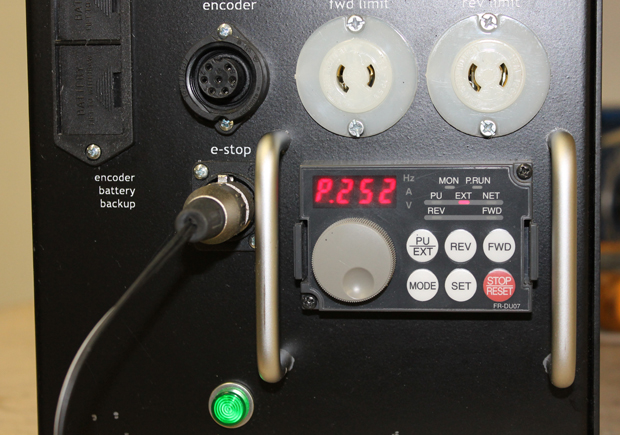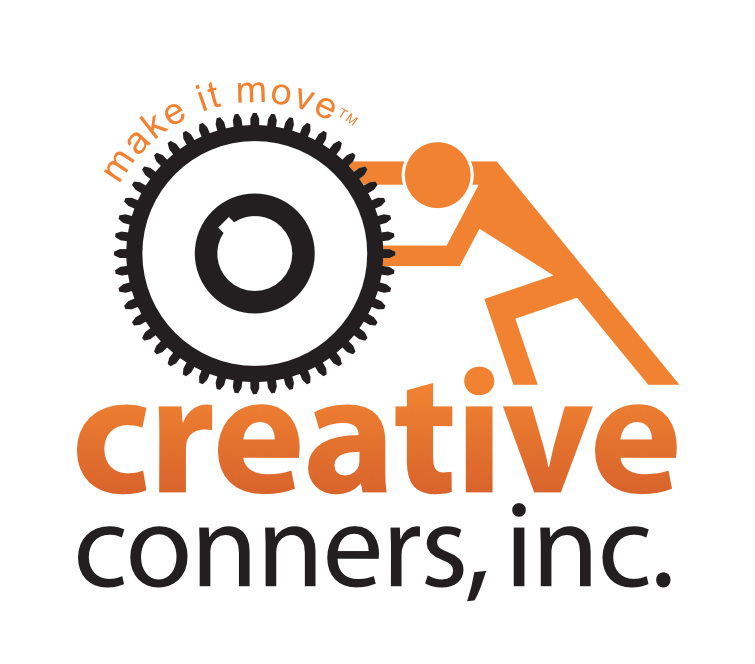Automation, Machinery, Spikemark
 Have you ever wished that your machine was faster?
Have you ever wished that your machine was faster?
A quicker pull across the stage for a pallet or a faster rotation for a turntable? Of course, you could always re-gear your machine to get more speed out of it. But wouldn’t it be cool if you could just make the motor go faster? Well, you can. Both the Durapulse and Mitsubishi Stagehands can handle overspeeding up to 200%, so if you don’t need all the horsepower that your motor is rated for, this trick can get you that extra speed you’re looking for.Torque rating based on hertz delivered
In the default settings, 60 hz provides 100% of torque. Overspeeding is simply changing the settings on the Stagehand so that it delivers more than 60 hz which makes the motor turn faster with a corresponding drop in torque. So if you have a 5hp motor and you want to double its speed (and you can get away with 2.5hp), you send it 120 hz. The motor speed doubles, the torque rating gets cut in half at the maximum speed and you’re all a set. If you have a Mitsubishi Stagehand (with the keypad on the front), you need to change parameter 252 of the VFD. That process is explained in section 4.3 of the Stagehand AC Manual 2.1.What about Durapulse VFDs
If you have a Durapulse Stagehand (keypad on the back), you will need to change parameter 0.04, which is explained in section 4.3 of the Stagehand AC Manual 1.0. In addition to the loss of torque, another downside to keep in mind is that the control signal resolution is also reduced, which makes fine adjustments more difficult. Once your Stagehand is set to produce 120Hz, adjust your maximum speed in Spikemark to allow the motor to run faster in cues. That’s it. Tune in next month for another rollicking good time with Spikemark!
0
